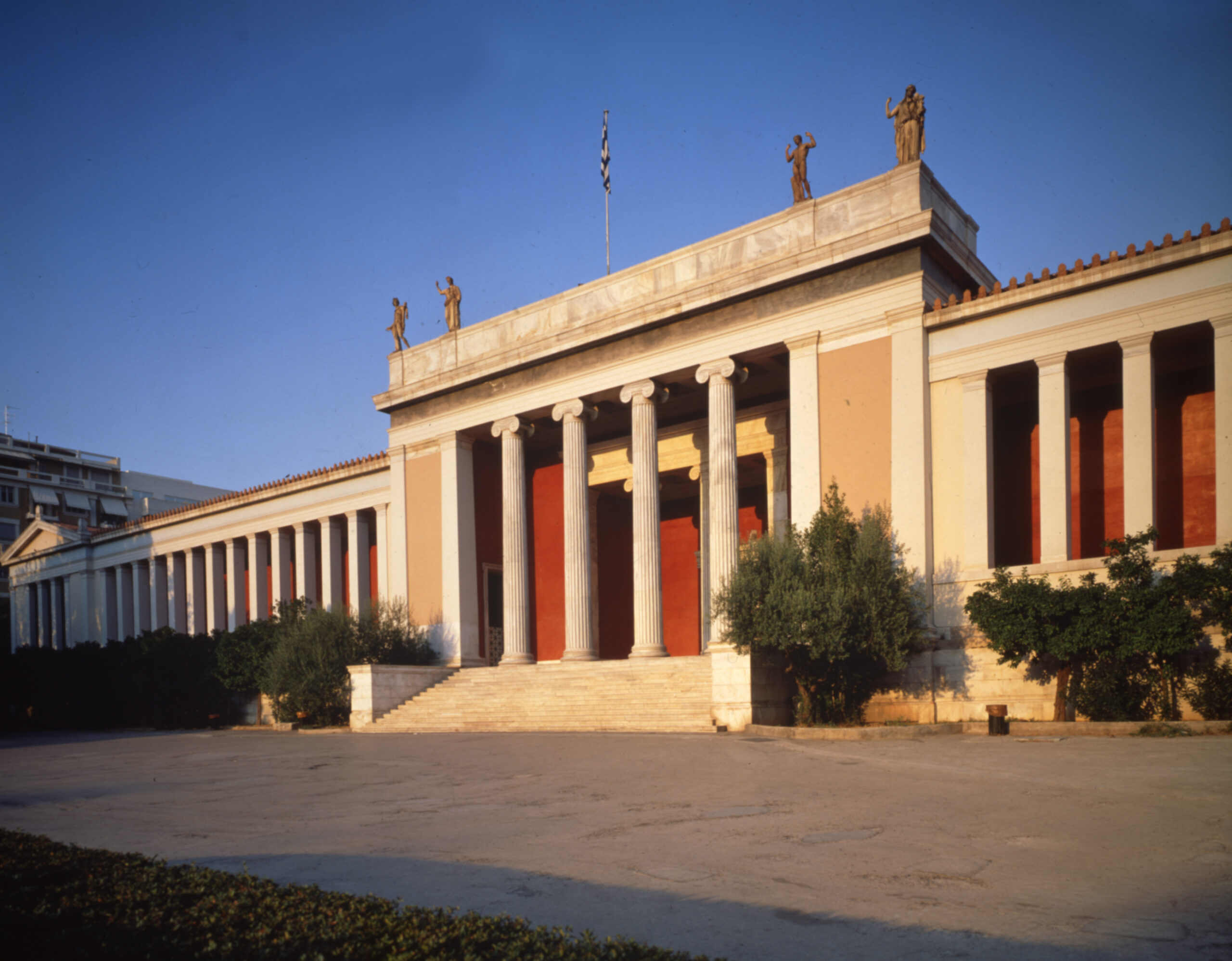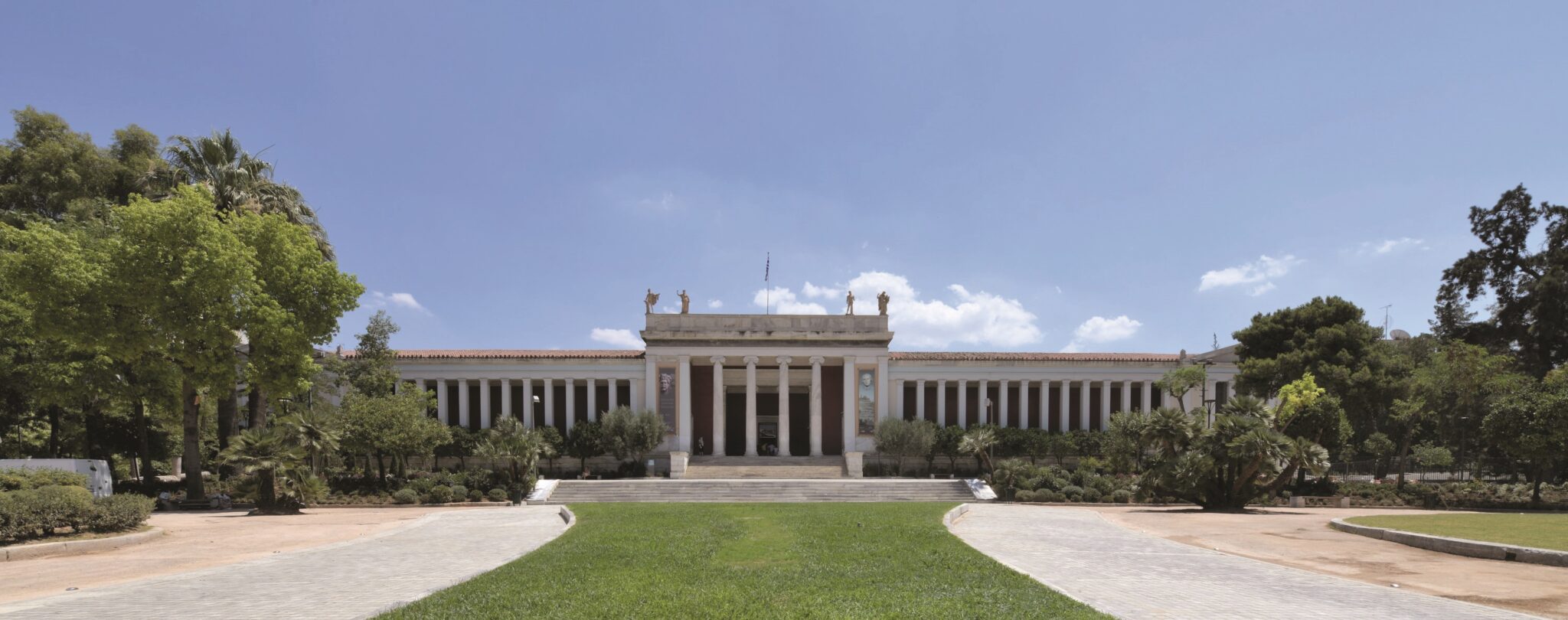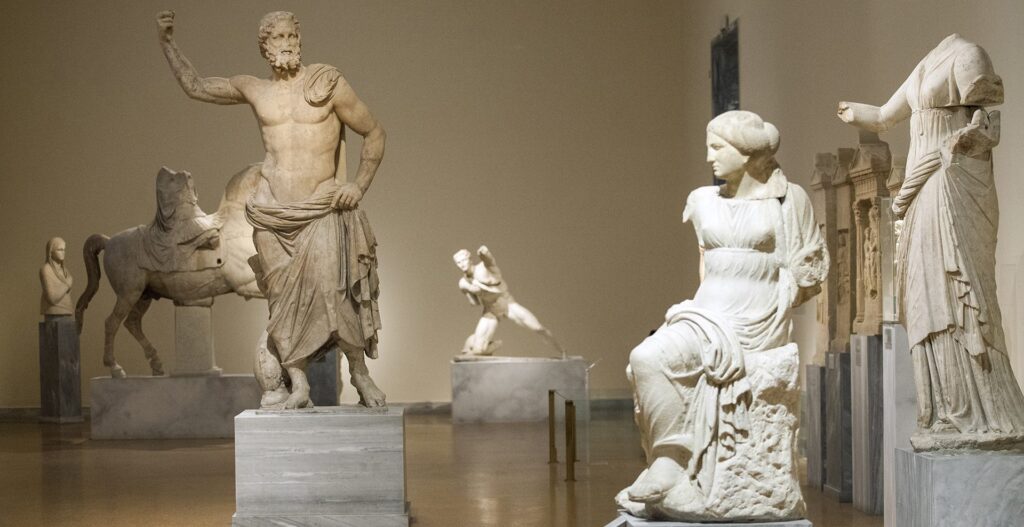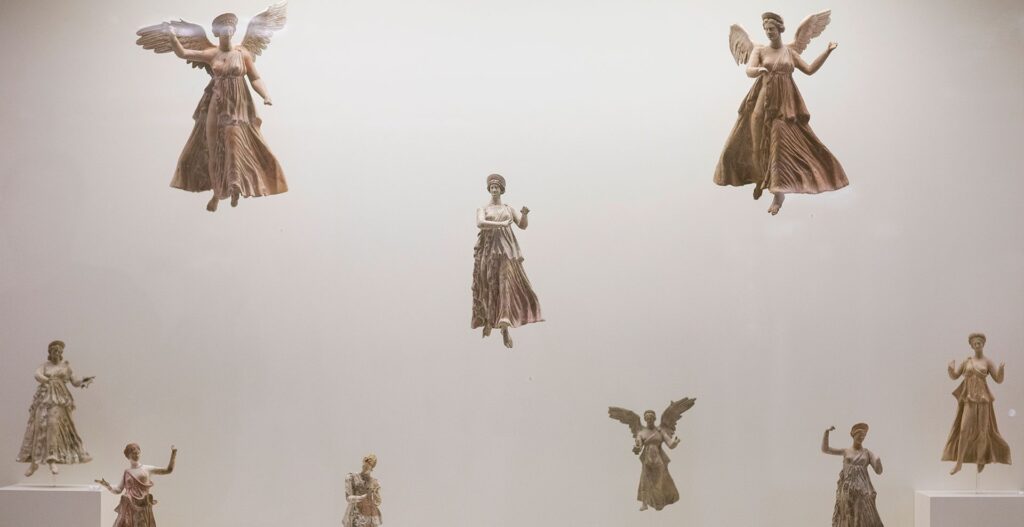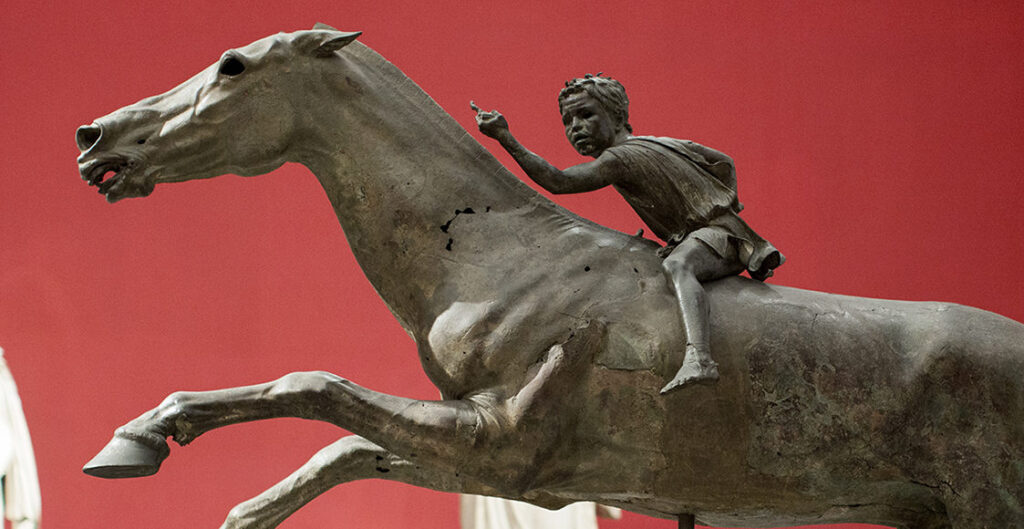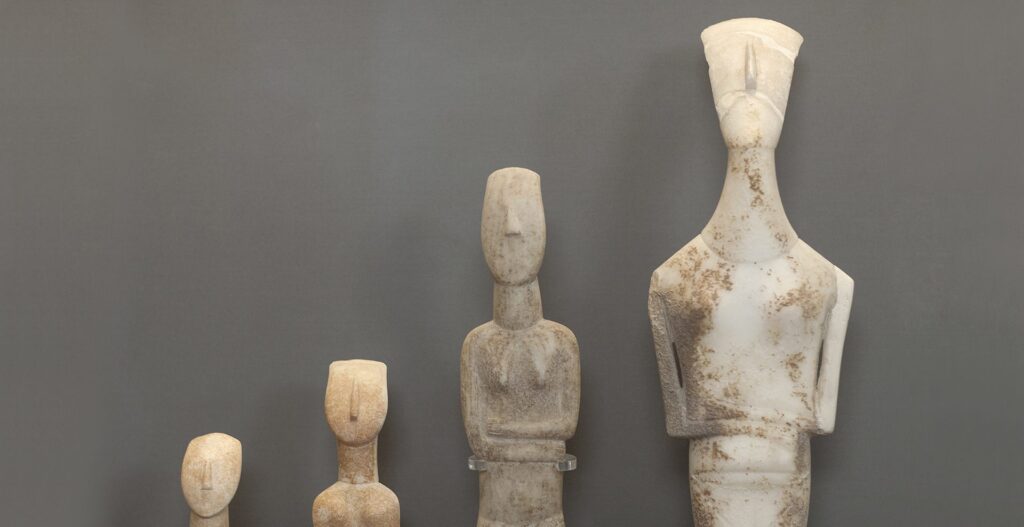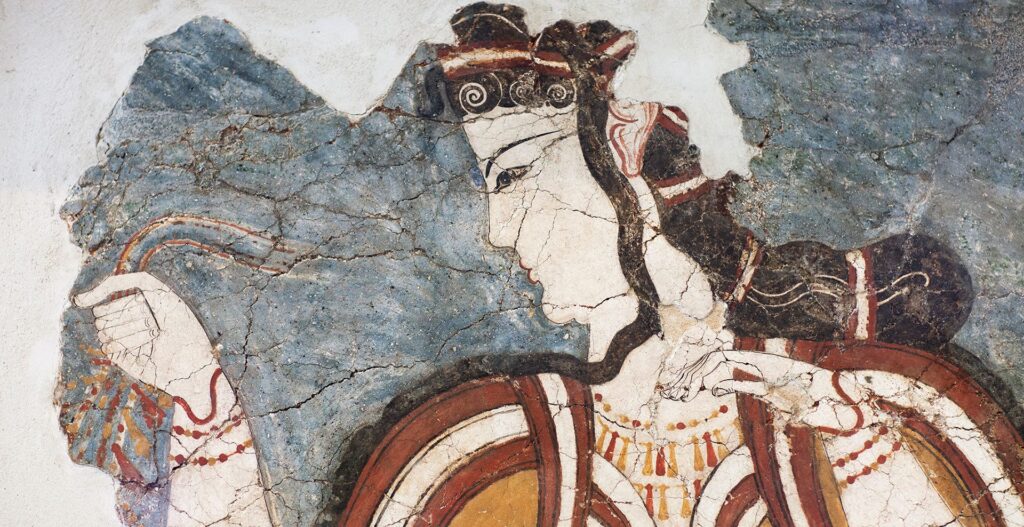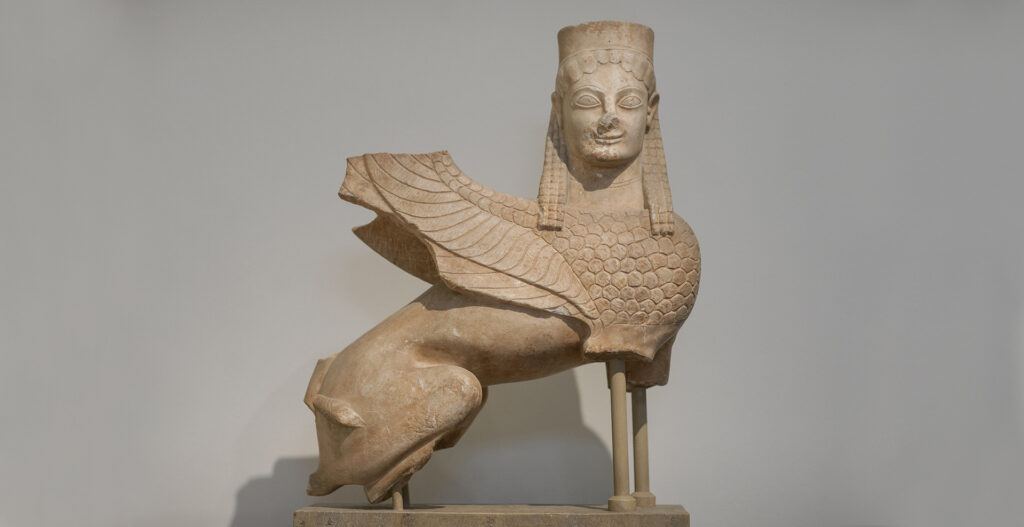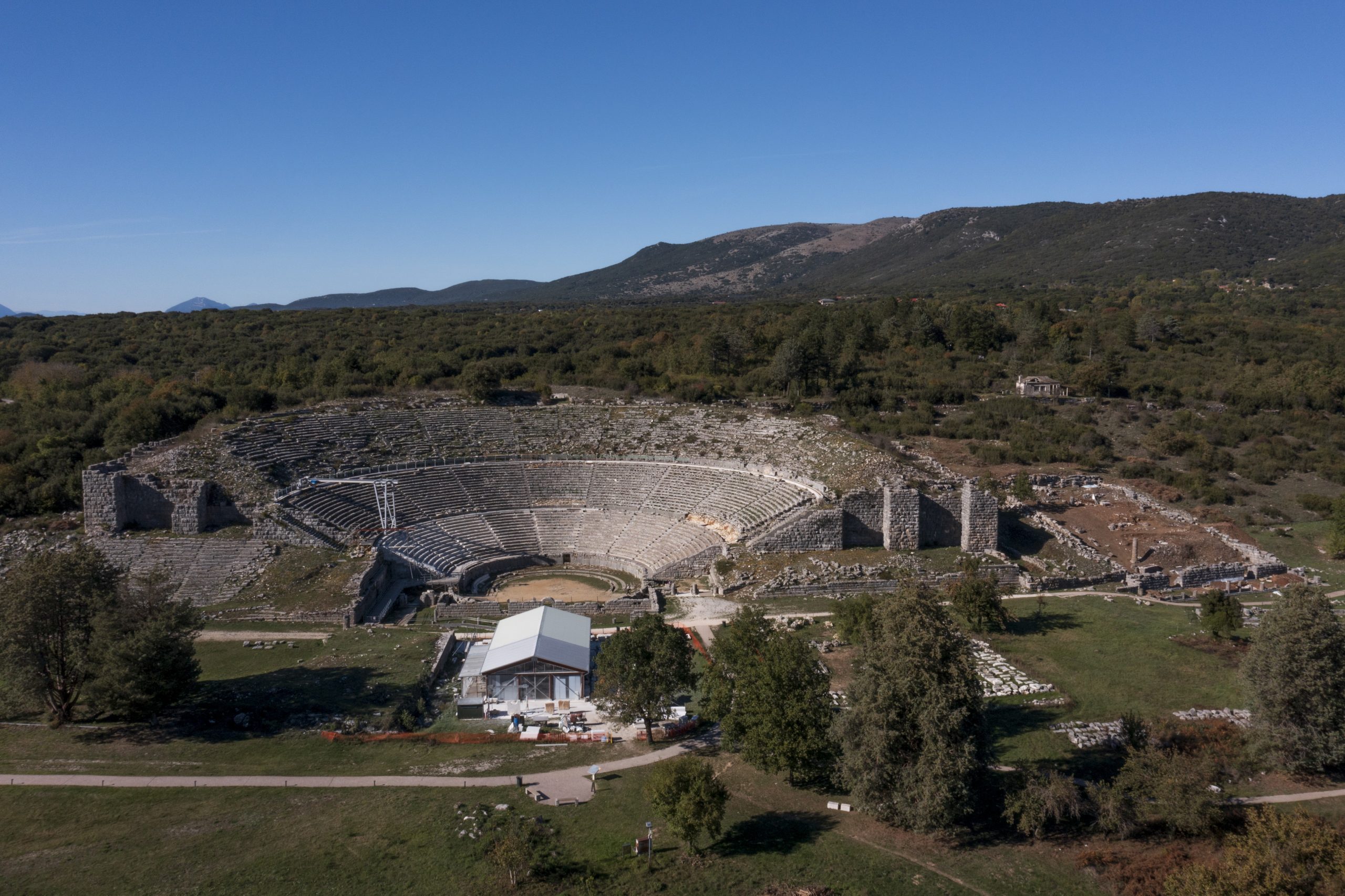The National Archaeological Museum (NAM) is the biggest museum in Greece and one of the most emblematic in the world. It is housed in a neoclassical building in the centre of Athens, the capital of the Greek state. Founded in 1866, it was given its final form by the German architect Ernst Ziller and was inaugurated in 1889.
The exhibition spaces of the Museum display a panorama of ancient Greek civilization dating mainly from 7000 BC to AD 500, as well as later artefacts. Among the 11,000 exhibits, there are works in marble, clay, bronze, gold and other noble metals, which come from Greece, Cyprus, Egypt, Italy and other regions of the Mediterranean world.
The prehistoric collection includes unique works of art representative of the great civilizations that flourished in the Aegean region from the 7th millennium to around 1050 BC. The Cycladic figurines, marble vessels, and richly decorated ceramic vases reveal both the artistic development and the high standard of living of the inhabitants of the Cycladic islands during the period from 3200 to approximately 1100 BC. The famous frescoes of Thera (Santorini) are a unique exhibit, featuring preserved wall paintings from the prehistoric city of Akrotiri, which was buried under volcanic ash after the great eruption of the 16th century BC.
The same collection also includes objects of daily life and works of art from the Neolithic and Bronze Age from mainland Greece. Among the most important are the treasures from the royal tombs of Mycenae, which provide a striking picture of the wealth of the early Mycenaean era, as well as tablets of Linear B, the first known form of Greek writing.
In the Museum’s Sculpture Collection, exhibits from across Greece (statues, reliefs, and more) illustrate the evolution of ancient Greek sculpture from the Archaic to the Roman period.
A wide variety of vases of different shapes and sizes trace the continuous development of Greek pottery and painting from the 11th to the 4th century BC, representing the most important workshops (Attic, Boeotian, Corinthian, Laconian and others). The Museum also holds a prominent place worldwide for its Collection of Egyptian and Cypriot Antiquities.
Access
Due to upgrade and expansion works at the National Archaeological Museum, the Museum will remain closed to visitors from November 10 to November 14, 2025, and possibly until November 16, 2025, if additional time is required for the completion of the works.
44 Patission (28th October) Street
10682, Athens
8 minutes from “Victoria” metro station
12 minutes from “Omonia” metro station
Line 1, exit at “Victoria” station
Line 2, exit at “Omonia” station
By bus: Lines B5, A6, B6, E6, A7, B7, E7, A8, B8, A12, B12, C12, E12, 022, 035, 046, 060, 200, 224, 605, 608, 622 – disembark at the “Polytechneio” stop.
By trolleybus: Lines 2, 3, 4, 5, 6, 7, 8, 9, 11, 13, 14 – disembark at the “Polytechneio” stop.
Opening hours
May 9 – November 9
Mon: 08:00 – 20:00
Tue: 13:00 – 20:00
Wed: 08:00 – 20:00
Thu: 08:00 – 20:00
Fri: 08:00 – 20:00
Sat: 08:00 – 20:00
Sun: 08:00 – 20:00
The site remains closed on the following dates and public holidays: January 1, March 25, May 1, Easter Sunday, December 25 & 26
Tickets
Full: €12,00
Reduced: €6,00

Shop
At the “HELLENIC HERITAGE” Museum Shop you will find a variety of publications related to the place you visited, faithful copies of exhibits from the museums of Greece, a range of souvenirs such as fridge magnets, mirrors, notepads, etc., as well as items for the home, gifts, jewelry, scarfs, toys, etc. inspired by the Greek cultural heritage.
A visit to our Museum Shop completes your experience as a visitor, while the proceeds from the sales support the work of the archaeological service.
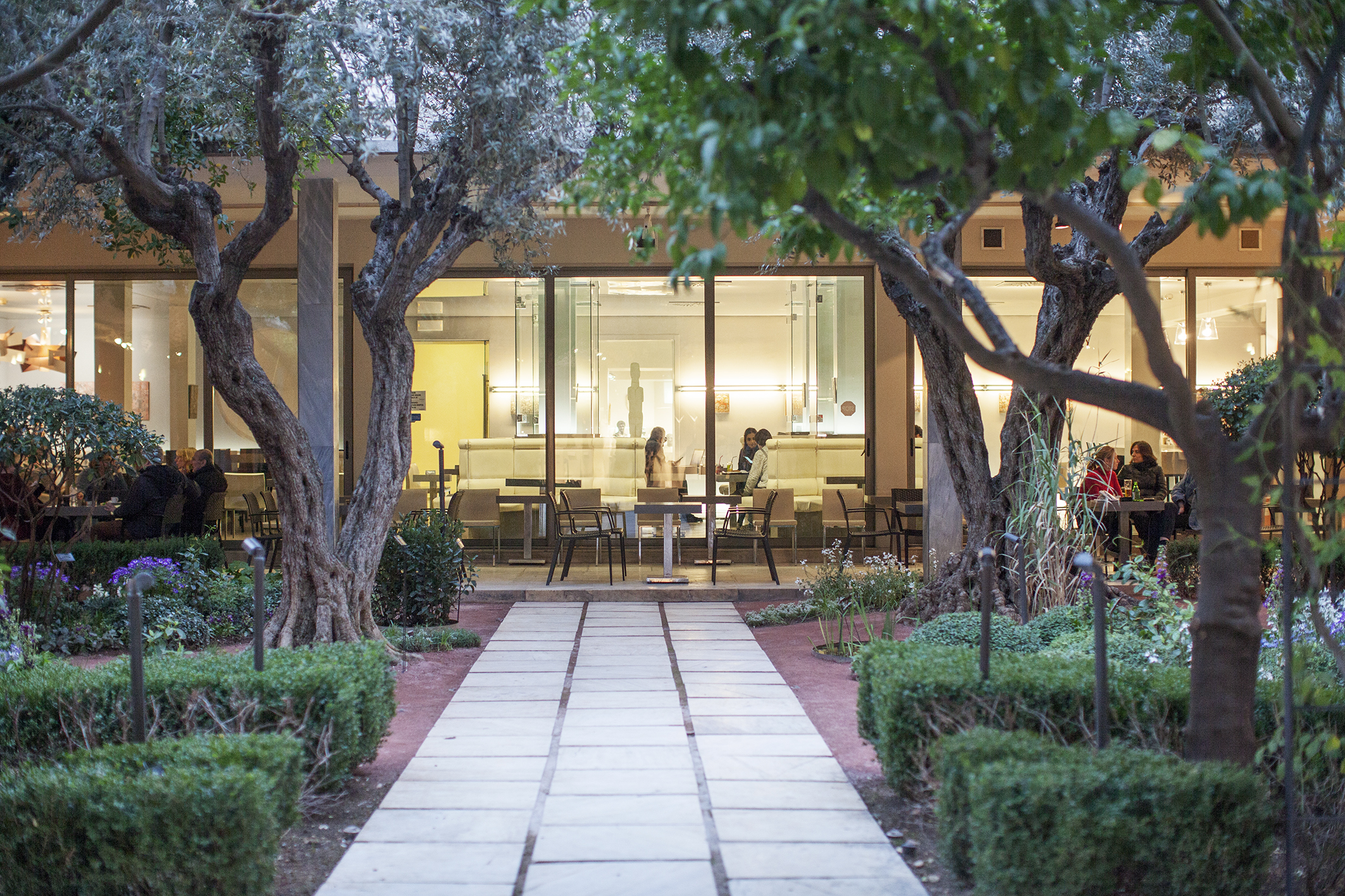
Café
The National Archaeological Museum, as a public institution of culture, open and hospitable, through its multi-faceted program of activities makes an effort, among other things, to provide a venue for expression and dialogue among artists and visual art groups from Greece and abroad.
The Museum café hosts works of artists, offering visual stimuli and insights to the public, while, at the same time, in the renovated with 700 new kinds of plants garden-patio, musical performances take place integrated into the established annual events of the Hellenic Ministry of Culture and Sports (Museums Day, August Full Moon et al.).
Amenities
Contact
National Archaeological Museum
T: +30 213 2144800, +30 213 2144856
E: eam@culture.gr

